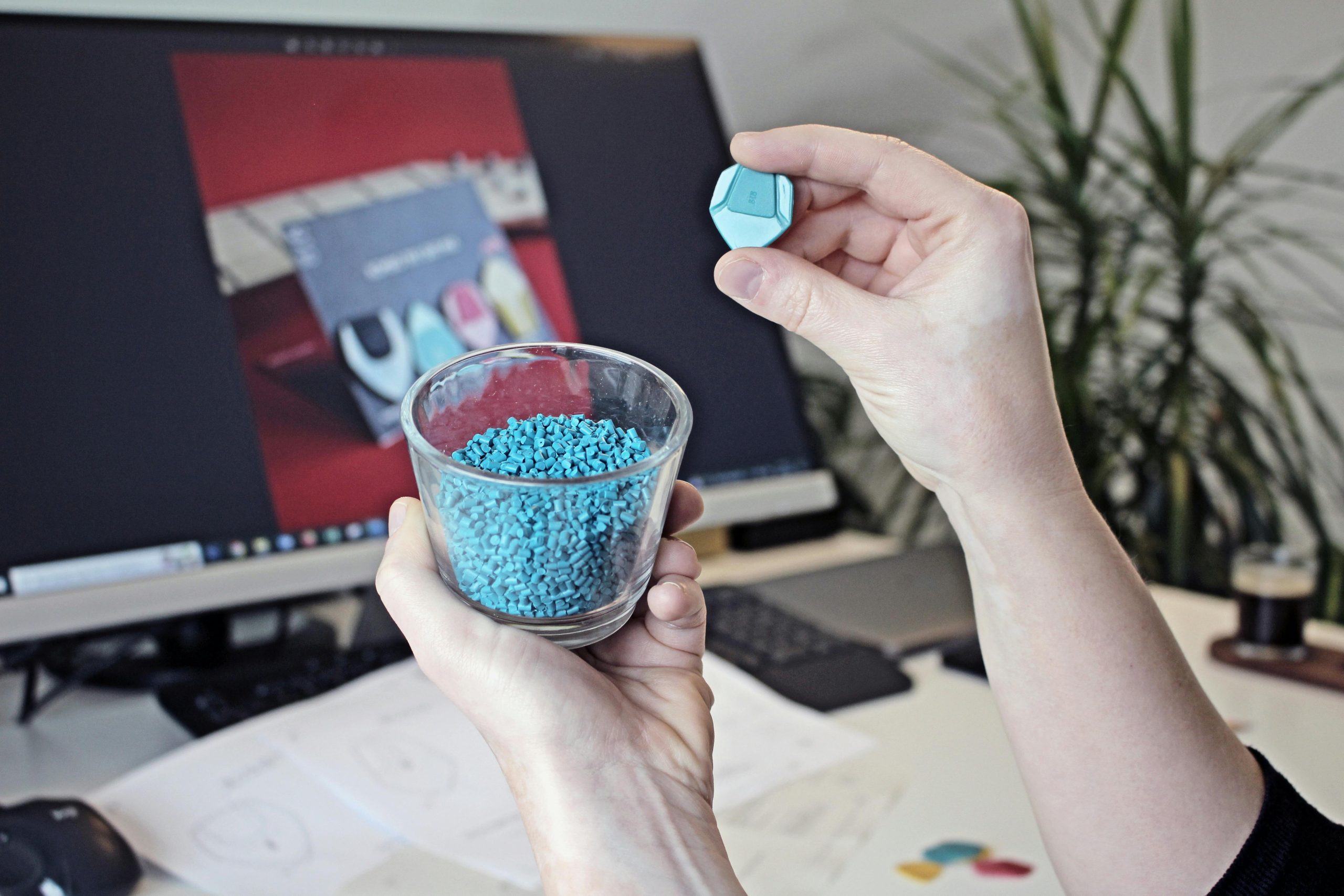Optimizing Plastic Granulation: How Screen Size Impacts Quality and Efficiency
Understanding the Power of Screen Size in Plastic Recycling Equipment
In the realm of plastics recycling, granulators serve as essential tools for transforming scrap or damaged plastic into usable regrind. At the heart of this process lies a crucial component: the perforated screen. This screen determines the size of the final particles, influences throughput, and affects overall product quality.
Why Does Screen Size Matter?
The perforation size, or mesh size, of the granulator screen directly impacts several key production parameters:
- Particle Dimensions: Smaller openings produce finer particles, while larger ones yield coarser regrind.
- Processing Time and Heat Generation: Finer screens retain material longer, increasing the number of cutting passes and generating more heat.
- Operational Efficiency: Higher back pressure from smaller screens demands more energy and accelerates wear on knives and other parts.
Choosing the Right Screen: The Science Behind It
Selecting an optimal screen involves understanding some fundamental factors:
- Cycle Frequency: Narrower perforations mean each fragment stays in the chamber longer, requiring more cutting cycles.
- Residence Time and Thermal Risks: Extended residence increases frictional heat, risking thermal degradation—particularly critical for heat-sensitive resins like PET or polypropylene.
- Back Pressure and Power Usage: Increasing resistance from finer screens elevates energy consumption and may shorten equipment lifespan.
- Flow Dynamics: Once particles are small enough to fit through perforations, they exit the chamber quickly; larger holes allow faster egress, reducing dwell time.
Impact on Material Quality
The choice of screen diameter influences several product quality metrics:
- Particle Size Distribution (PSD): Fine screens (smaller holes) shift particles toward a more uniform, smaller size, enhancing mixing, melting, and compaction processes.
- Dust and Fines Content: Smaller holes tend to produce more dust and fines (<2 mm), which may affect downstream processes. Conversely, larger holes typically reduce the generation of unwanted fines.
- Bulk Density and Flow: Smaller particles pack more densely, improving flowability but potentially increasing the risk of hopper bridging.
- Thermal Degradation and Discoloration: Longer residence times with finer screens can cause discoloration or chain scission, especially in sensitive polymers.
Balancing Throughput with Product Quality
Increasing the perforation size generally boosts production capacity, sometimes doubling throughput, while significantly reducing fines and processing time. For example:
Share this content:




Thank you for sharing this comprehensive overview of how screen size influences output quality in a plastic granulator. Understanding the trade-offs between particle size, processing efficiency, and material quality is crucial for optimizing your recycling process.
If you’re aiming to balance throughput with product quality, consider implementing a modular screening approach: start with a coarser screen to maximize volume, then use finer screens for specific batches requiring smaller particle sizes. Additionally, regularly monitor processing temperature and wear on knives, especially when switching between different screen sizes, to prevent thermal degradation and equipment damage.
Installing a variable speed motor or adjustable feed rate can help fine-tune the process for different materials and screen sizes, ensuring optimal performance. Remember to perform routine maintenance and screening adjustments based on your material properties and desired output characteristics.
For further insights, reviewing product testing results after changing screen sizes can help identify the best configuration for your specific applications. If you need assistance customizing your setup or selecting the ideal screen size, feel free to contact our technical support team.